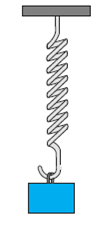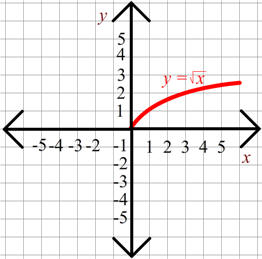How does the period of an oscillation in a spring-mass system depend on mass and amplitude? How can I express this graphically for period as a function of mass, period as a function of the square root of the mass, and period as a function of amplitude?

1 Answer
Dec 2, 2017
OK, the period of oscillation,
Explanation:
This means that
Now the graphing;
T vs. m will thus give you a square root graph ...

Taken from: http://www.ltcconline.net/greenl/courses/103a/keys/exam2PracticeExam/key.htm
T vs.
(Don’t think a graph is required here)
Finally, T vs. A will give a horizontal line (until the spring starts to jump, or overstretch etc.) showing no dependence.

